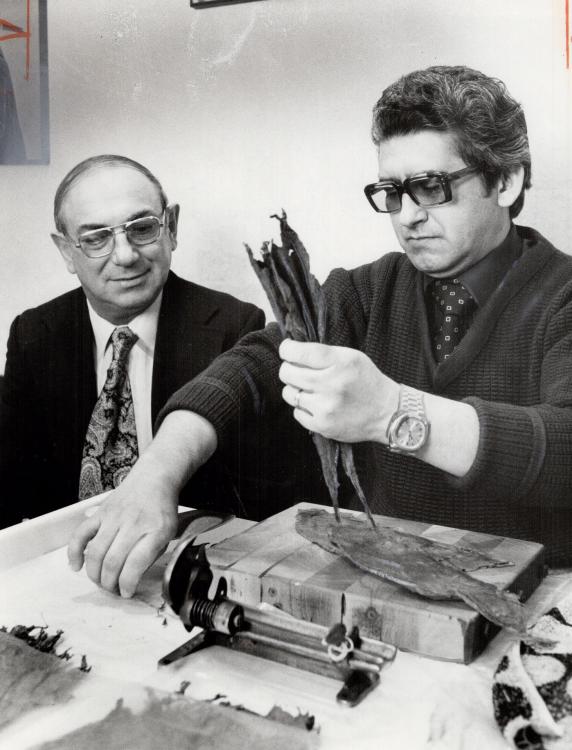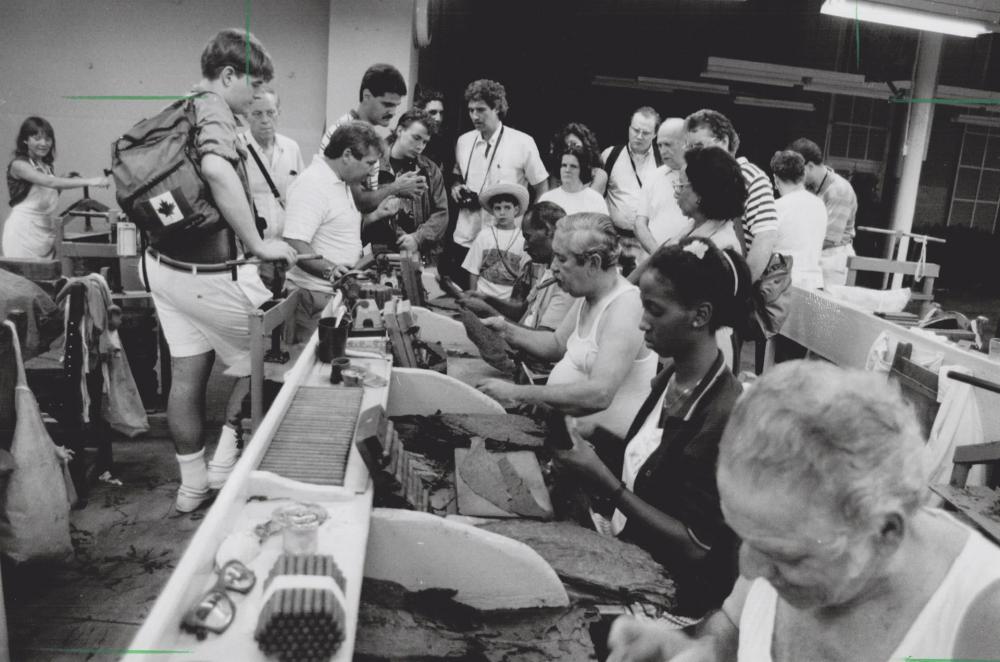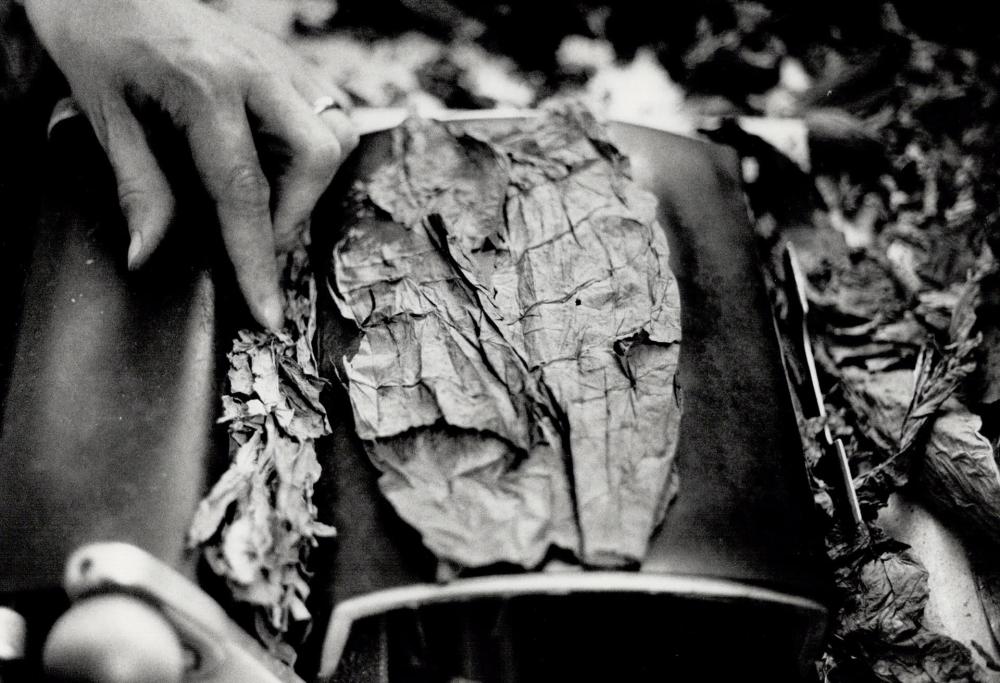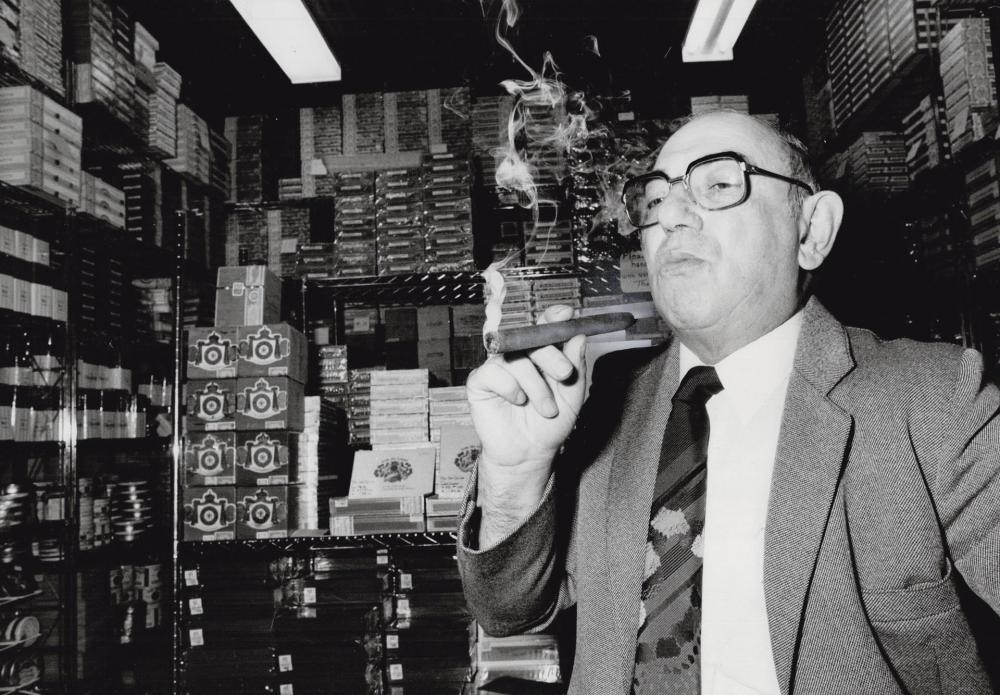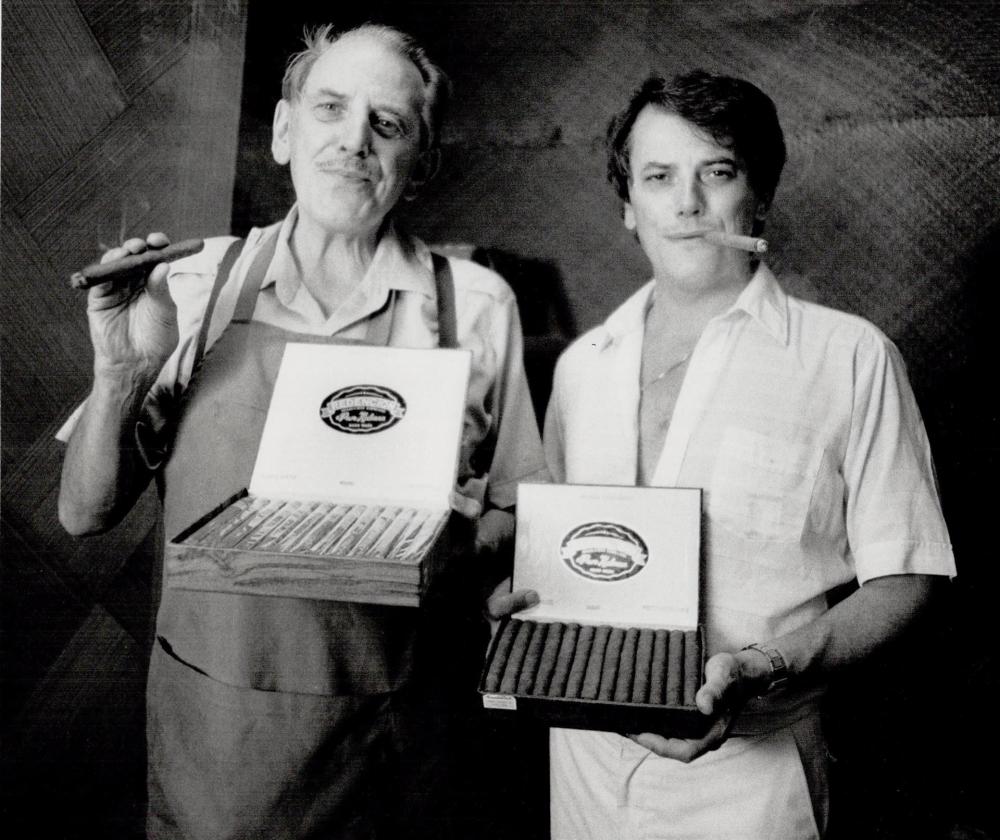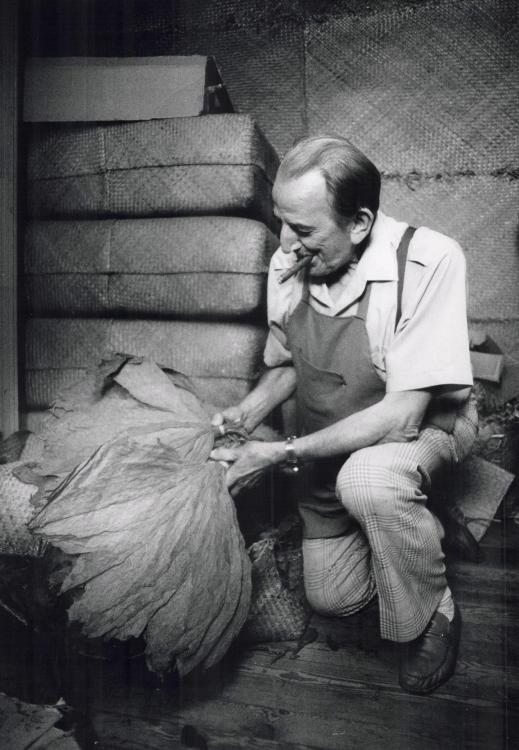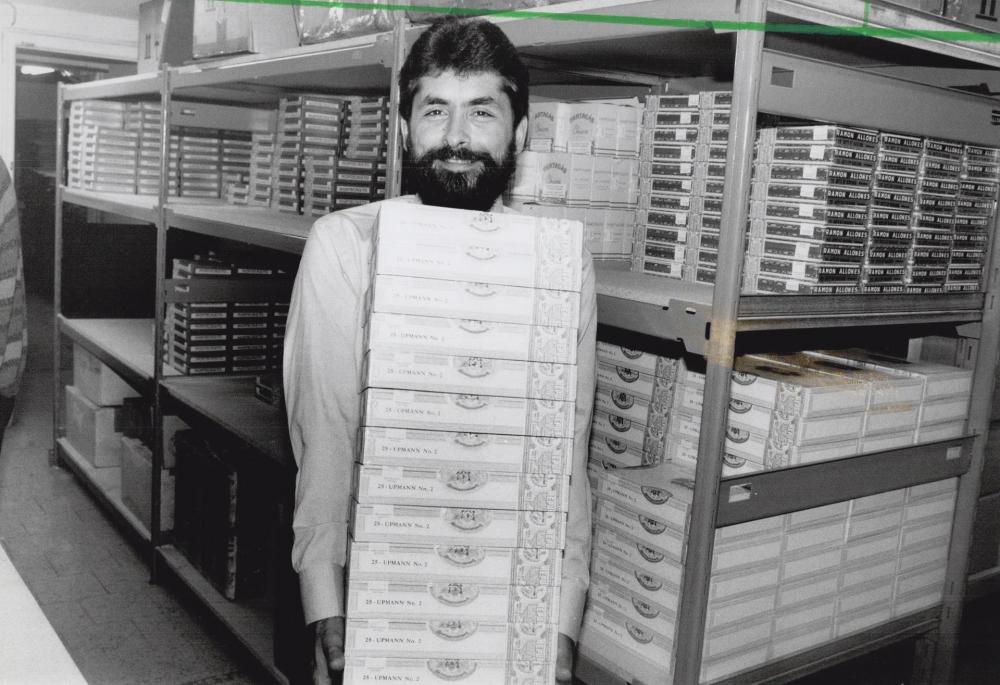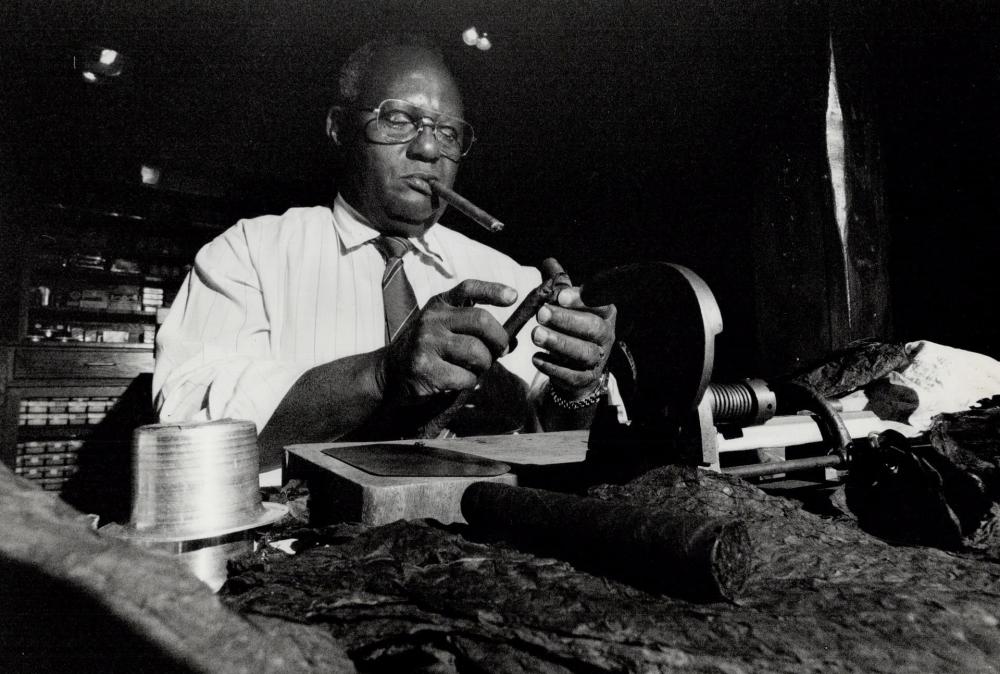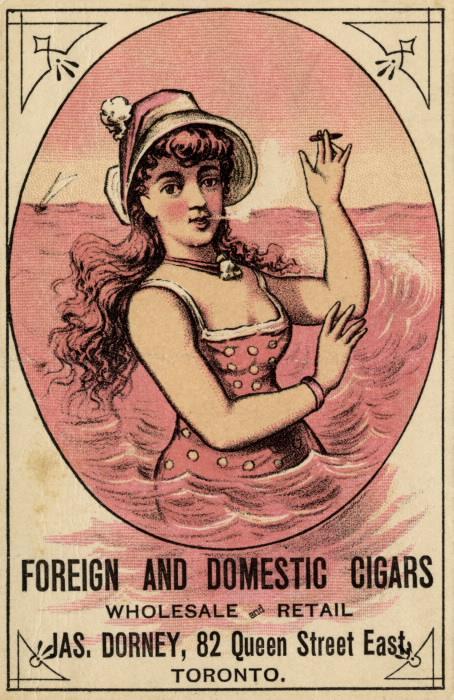Search the Community
Showing results for tags 'history'.
-
Though our various branches of governments continue to make tobacco enjoyment miserable and costly, there is evidence that things used to be better. A while back I looked at some of the digital archives of the Toronto Public Library and found these gems. If anyone has any details to add, please forward them to me and I will edit them. 1881-1885 John Thorpe Cigars. (Business Card) This is the oldest reference I could find. The original building is lone gone and has housed the old Toronto City Hall for quite some time. 1935 Samuel Davis Cigar store (Bathurt and Dundas St) 1944 - Winston Churchill visits Quebec 1963 - Hermanos Rea (Toronto Cigar factory on Gilead Place E. Looks like original building still intact) 1967 - Frank Correnti (shop with his name still survives) 1967 - Reginald Fowler (Shop name unclear) Pretty good old picture. You can make out some of the names of the Cuban marcas that don't seem to be listed on CCW. Possible stock left over from Pre-Embargo days? Por Larranaga - Perfectos Por Larranaga - Almurantes Por Larranaga - Cetros Partagas - Tropicales 1976 Correntis (Iris C (Correnti?) and Louis Rosen) 1980 - Phil Ruman (Shopsy's Deli) and Cuban Roller (name unknown) 1982 Thomas Hinds Havana Factory (not sure if it's people form Thomas Hinds' shop visiting a factory or if they had one) 1983 Correnti Machine made cigars. 1983 Shopsys Deli owner Philip Rutman 1987 - Kai and John Miller (associated with Correnti's. Not sure who "Kai" is) 1989 - Havana House store room 1992 - Roller Augustin Hernandez Diaz rolling at Havana House Unknown date (Pre 1900 I'd say) Business/advertising card for cigar shop.
- 11 replies
-
- 20
-

-

-
If you've ever wondered about the curious shape of Cuaba cigars, Simon Chase has written another wonderful article for Cigar Journal (a few days ago) on the history of this vitola... A Special Shape – The History of the Double Figurado The other day I decided to smoke a Cuban Distinguido. Apart from its attractive mid-brown wrapper and superb tailoring all along its 162 mm (63⁄8 inch) length, it was the shape that caught my eye. Resembling one of those airships you see occasionally advertising car tires, it stood out amongst the mostly straight-sided, or parejo, cigars in my humidor. I cut the head 3 mm from the point and was then confronted with an aperture to light that was no bigger than a cigarette. I touched it with the light and, as I drew on the cigar, a scimitar-shaped flame leapt skywards. The taste was intriguing. Most of the flavour came from the wrapper and what filler there was inside the conical foot made a sharp, dry impression on my palate. As the burn progressed to the widest part of this 52 ring gauge vitola, the taste became rounder and richer; much more like the medium-to-full-flavour billing given to Cuaba by Habanos S.A. For me, it was not an entirely new experience, but I was reminded of the time I had to do a crash course in smoking cigars of this shape, almost exactly 20 years ago when Hunters & Frankau was chosen to launch Cuaba. In the mid 1990s, the Cuban industry was still suffering from the after-effects of the collapse of the Soviet Union. Cigar production was at a 25-year low. Nevertheless, the cigar boom that had started in the United States was beginning to reach Europe, and Habanos S.A. had just been founded, bringing a new level of expertise to the time-honoured Havana trade. It was time for innovation. The incentive for new ideas came from the very top. Fidel Castro was convinced that new brands were needed not only to enliven Cuba’s cigar portfolio, but also, given that one day the US trade embargo might end, to provide the industry with a chance to break into the US market where most of its brands were registered by competitive companies. Francisco Linares, Habanos S.A.’s president at the time, was given the task. His efforts saw Vegas Robaina and Vegueros launched in 1997, Trinidad in 1998 and San Cristóbal de la Habana in 1999, but the very first was Cuaba in 1996. The concept of creating a brand that would consist entirely of Double Figurados, or Perfectos as some people call them, was one of many around at that time, but it was not the simplest. True, once upon a time, virtually all Habanos came in that shape, but that was in the 19th century. Old catalogues in Hunters & Frankau’s archive indicate that straight-sided surpassed Double Figurados in the mid 1930s, though many were still produced. By the 1990s there were just three vitolas left in the Cuban portfolio: Romeo y Julieta Celestiales Finos, Partagás Presidentes and Fonseca Invictos. As a result, there were hardly any torcedores (cigar rollers) working in the industry with the skills to roll such complicated shapes. The project became feasible only because of the commitment of one man, a 60-year-old torcedor at the Romeo factory named Carlos Izquierdo. Generations of the Izquierdo family had worked at Romeo, and Carlos had started there in 1950, rising quickly to become a top-grade roller. The cigar he most loved to make was the Romeo y Julieta Romeo, which, incidentally, was exactly the same vitola as the Cuaba Distinguido. When it was discontinued in 1978, Carlos was so upset that he vowed that every time he met anyone from Habanos S.A., or Cubatabaco its predecessor, he would plead with them to reintroduce Double Figurados, which he viewed as the pinnacle of the cigars roller’s art. Consequently, Linares knew exactly where to turn for help with his new brand. Overjoyed, Carlos set about training a special cadre of 14 cigar rollers at Romeo. I remember meeting them around that time and being surprised at how young they all were. Clearly, Carlos was determined to pass on his skills to an entirely new generation. In 1995, Linares paid his first visit to England. He toured many of London’s top cigar merchants, where he saw their collections of old and rare cigars, but what stopped him in his tracks was one of Hunters & Frankau’s heirlooms. It is a gilded and glazed frame that contains the actual cigars made by La Corona in 1885, or thereabouts. As every cigar is a Double Figurado, Linares concluded that the only place to launch his fledgling Cuaba brand was London. So it was that, on 19th November 1996, Francisco Linares, president of Habanos S.A., and Nicholas Freeman, chairman of Hunters & Frankau, hosted a black tie dinner for 200 guests at Claridge’s Hotel. Seated quietly at one of the tables, his bow tie slightly askew and looking as if he would prefer to be at his factory bench, was Carlos Izquierdo, the man who was most responsible for the event taking place at all. Source: https://www.cigarjournal.com/a-special-shape-the-history-of-the-double-figurado/
- 6 replies
-
- 12
-

-
- vitola
- double figurado
-
(and 2 more)
Tagged with:
-
Was poking around archive.org last night and gathered up a few interesting links. Some of these go way back to a time when tobacco/cigars were a huge part of the economy. Some samples below and of course you can do your own searches. Want to know how much raw tobacco it takes to make N quantity of cigars? This one is for you. Knollenberg's tables for the use of cigar manufacturers and cigar makers by Knollenberg, William E. [from old catalog] Published 1896 LINK Employment of Women in Industries: Cigar-Making: Its History and Present Tendencies by Abbott, Edith Published January 1, 1907 LINK For you maduro cigar lovers. Tobacco curing and resweating for quality and dark colors. A practical hand-book for cigar manufacturers and leaf dealers who are licensed to use the patents of Charles S. Philips .. by Philips, Charles S. [from old catalog] Published 1882 LINK Cigar makers' official journal by Cigar Makers' International Union of America Published 1875 LINK Curing and Fermentation of Cigar Leaf Tobacco by Oscar Loew, i.e . Carl Benedikt Oscar Loew Published 1899 LINK The US Library of Congress has a lot of online collections as well. The site is a bit buggy right now but I've found complete books, photos, ads, artwork that were cigar related in the past. Search via this link -> https://www.loc.gov/collections/
-
Hah! Stumbled upon a neat piece of history!! The Fonseca marca and who is represented on the inner lithograph of the dress boxes? Did you know that his last name was actually Fonceka?? My deduction Mr. Holmes, is that the inner litho on the Fonseca cigar boxes is none other than........................................General Deodoro da Fonceka the first President of Brazil. Does anyone else have a different interpretation?

.png.9c3d798c7bff27b9a437c0a03c703654.png)

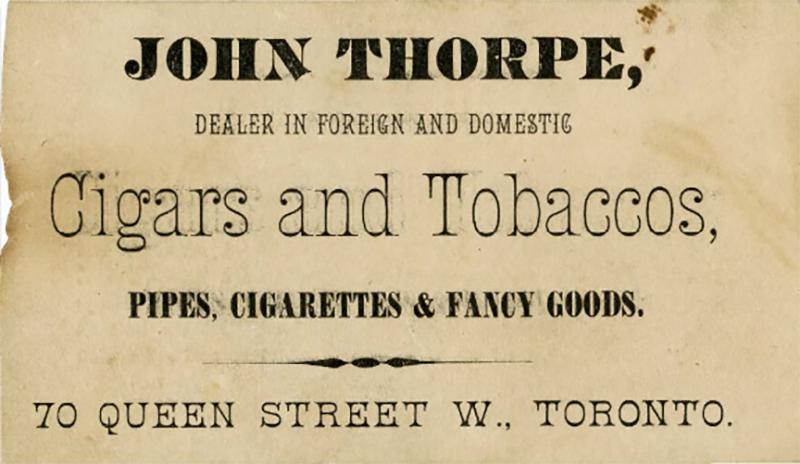
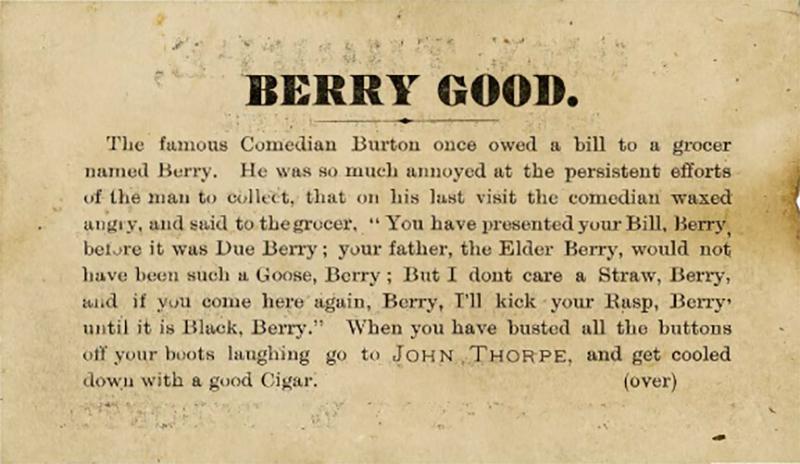
.thumb.jpg.95bb433045c0dfc366977ce4e6135083.jpg)
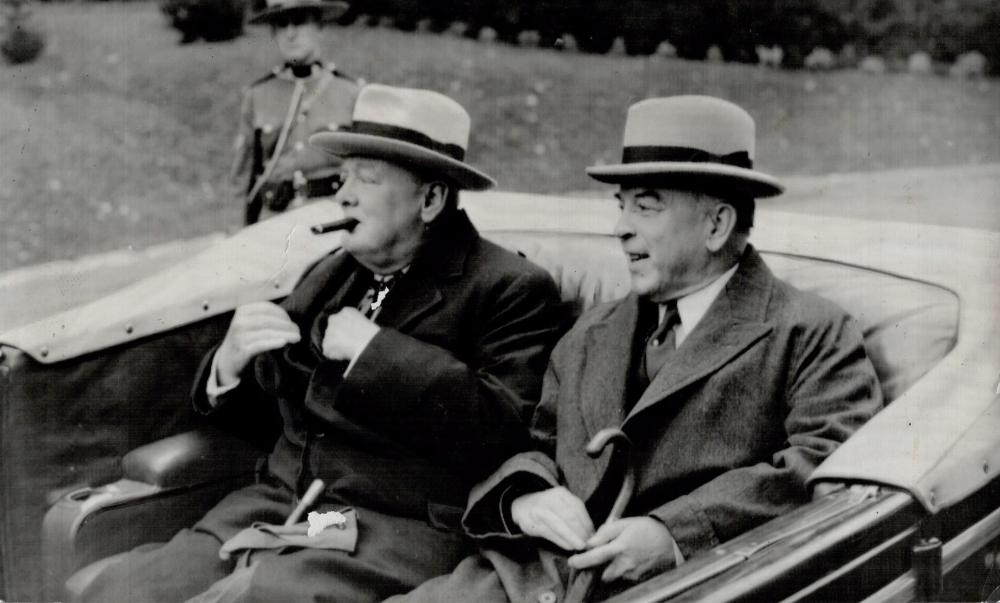
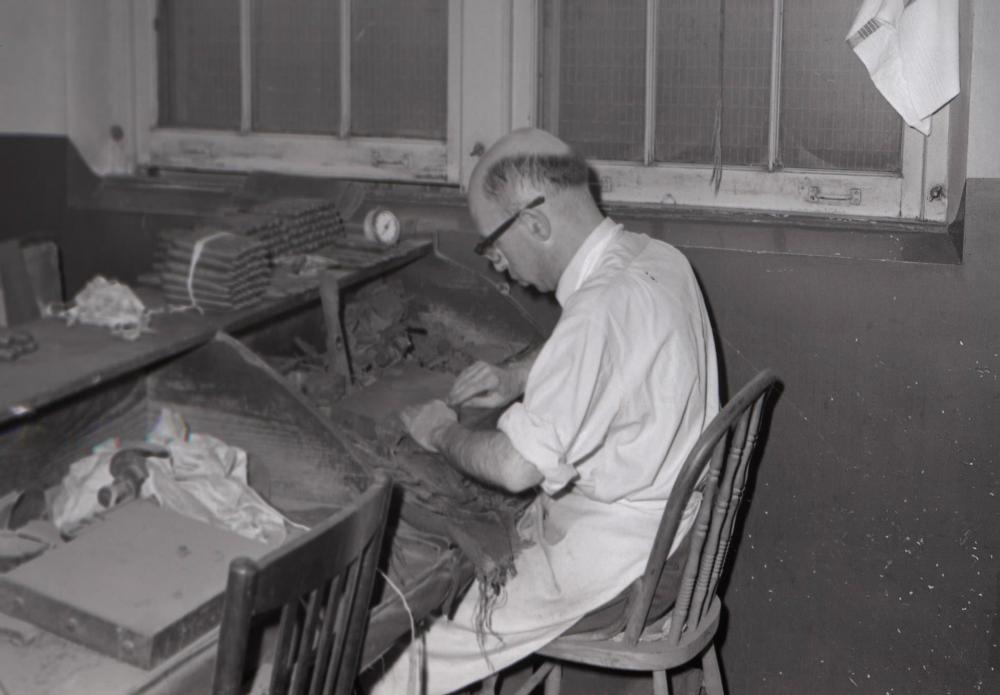
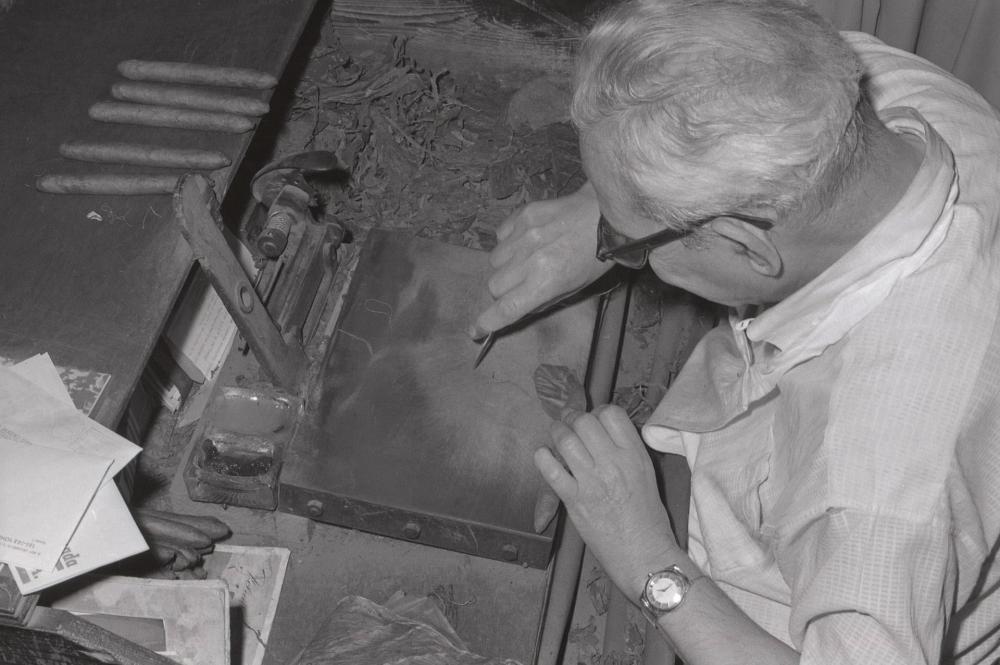
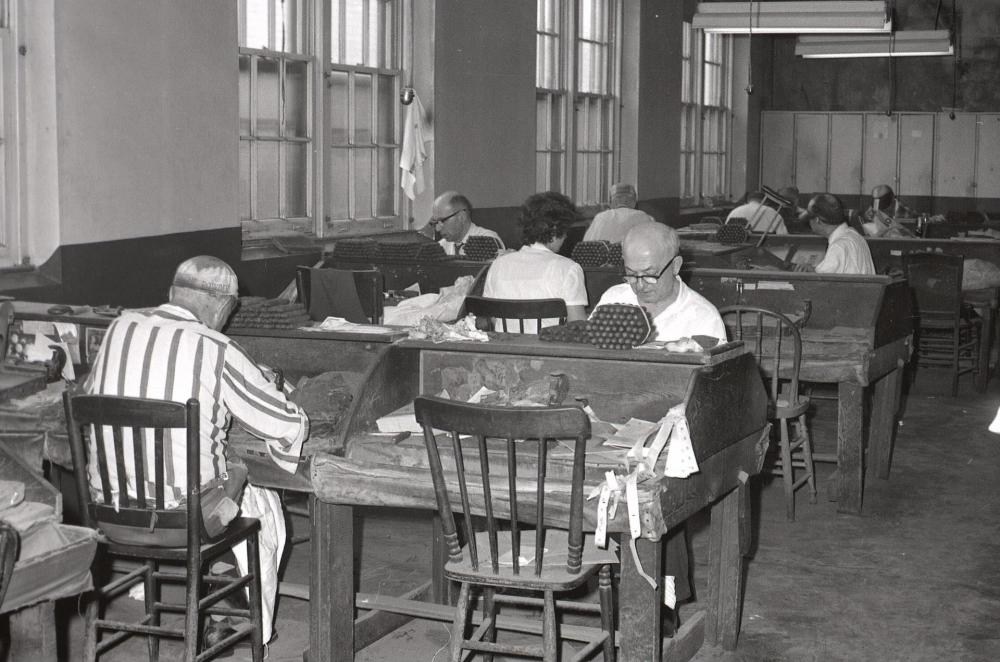
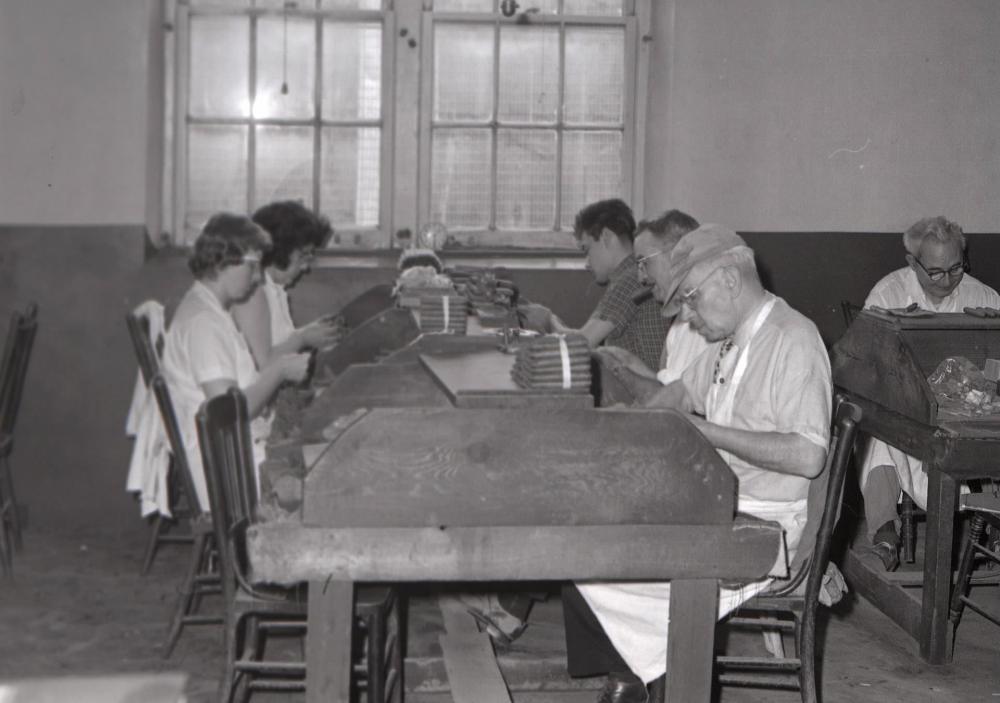
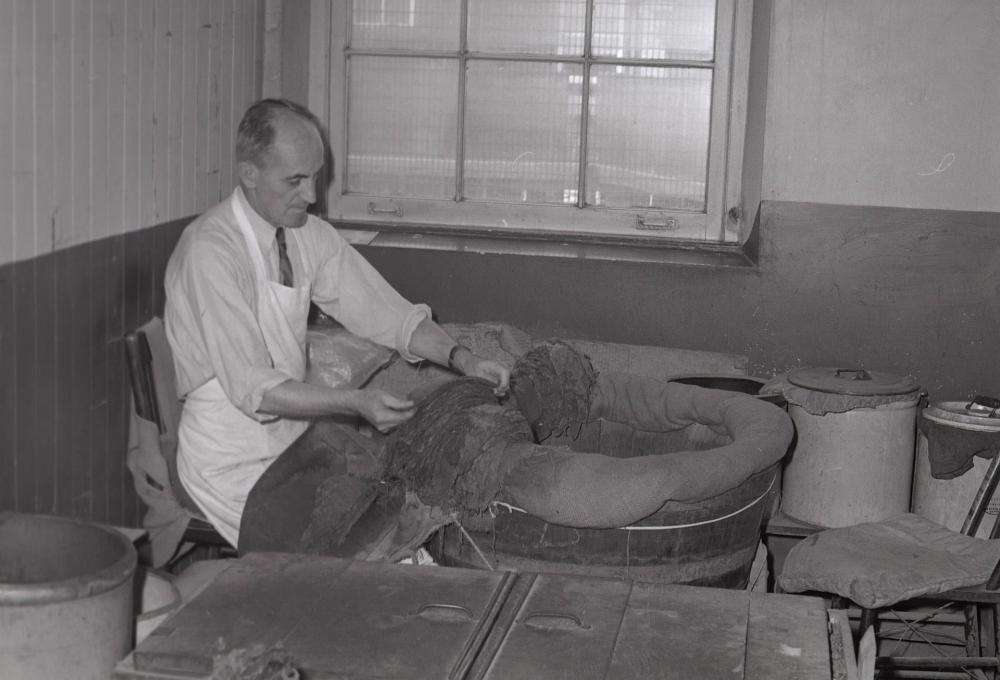
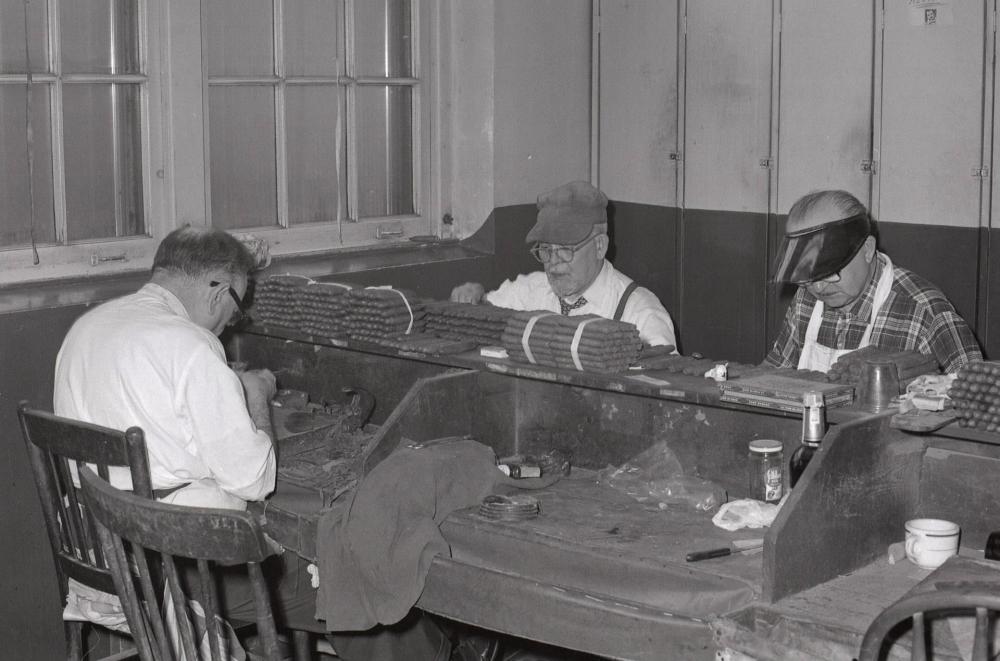
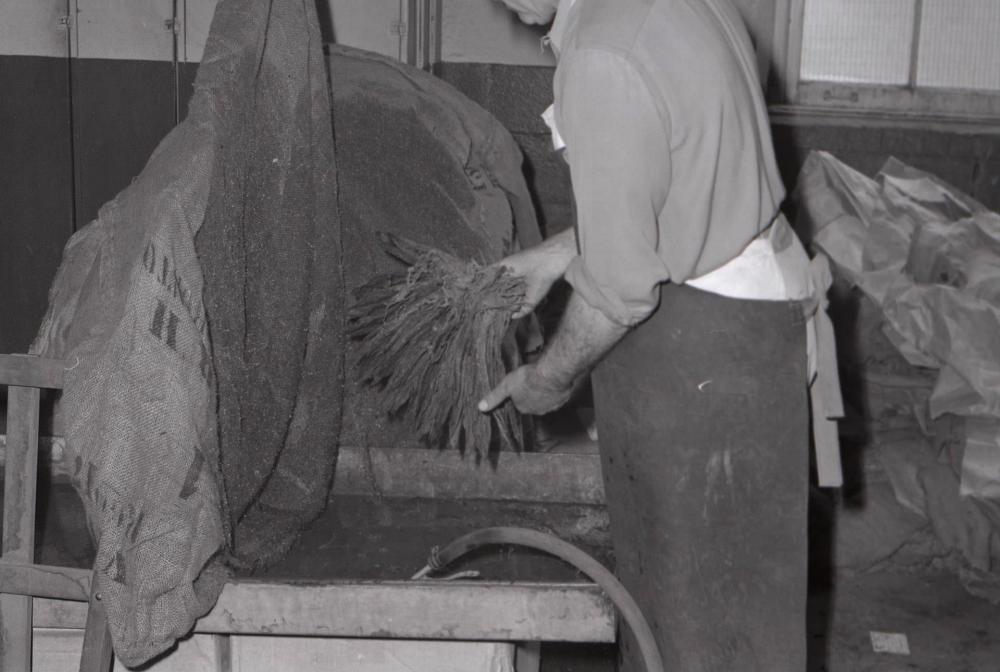
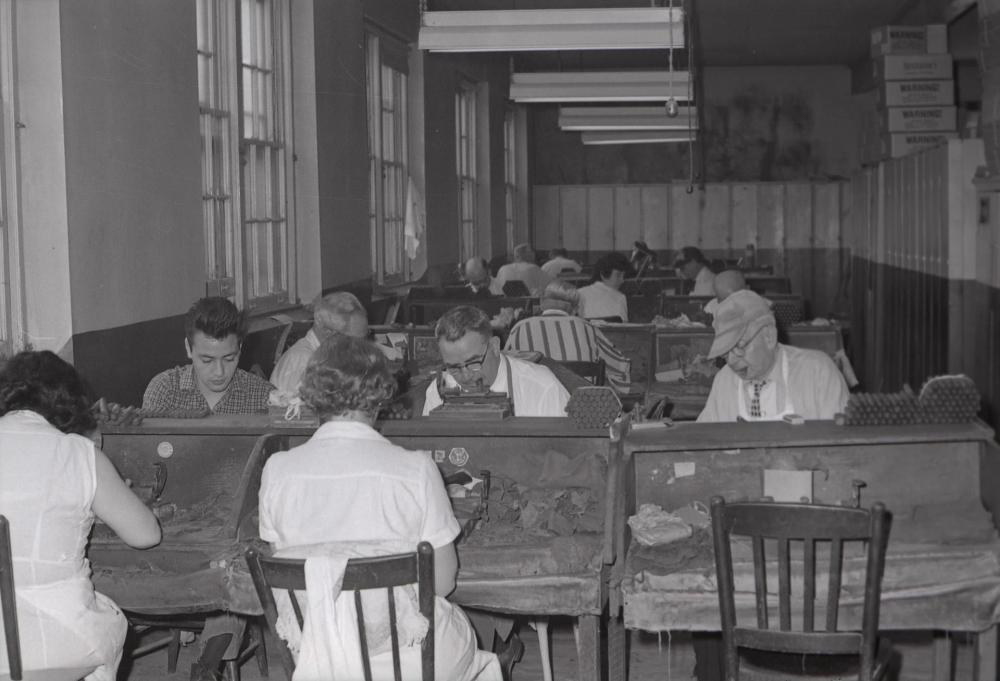
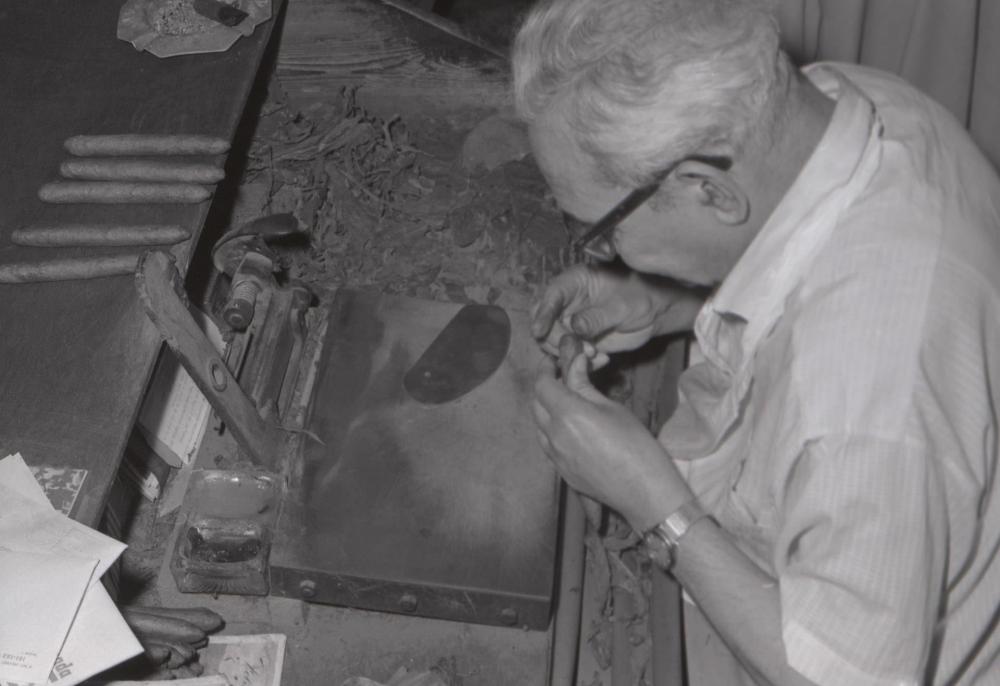
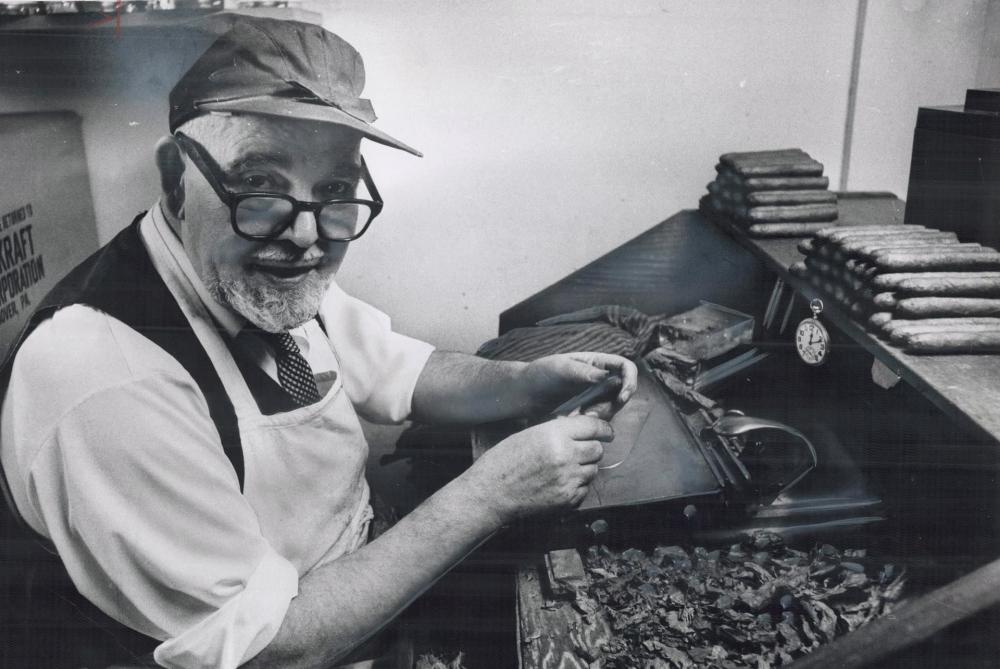
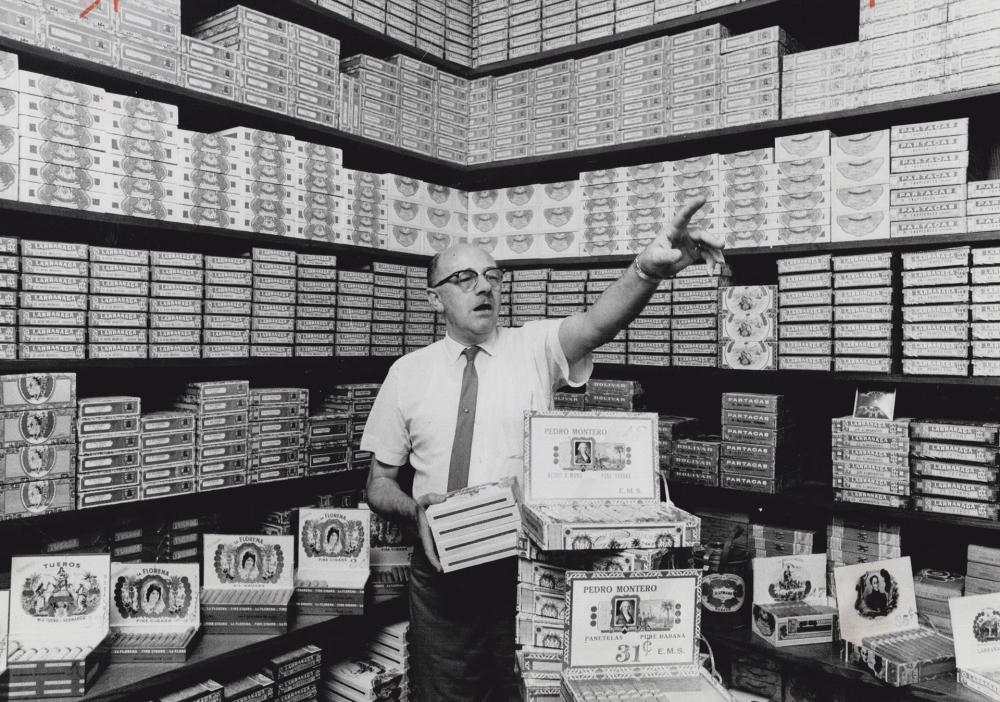
.thumb.jpg.1edada70b1aae461db2f39fd88ebcf02.jpg)
